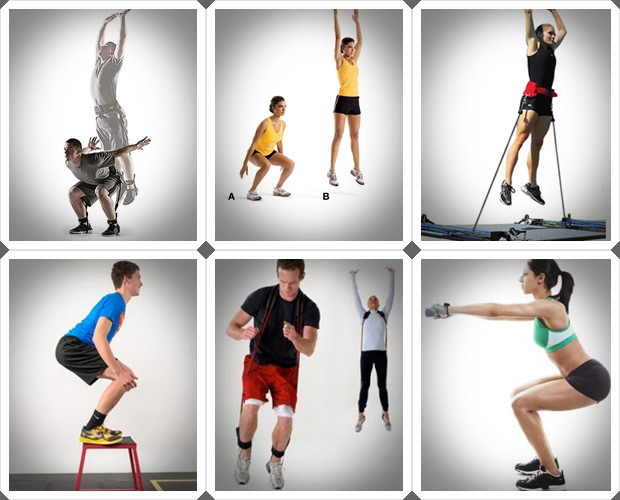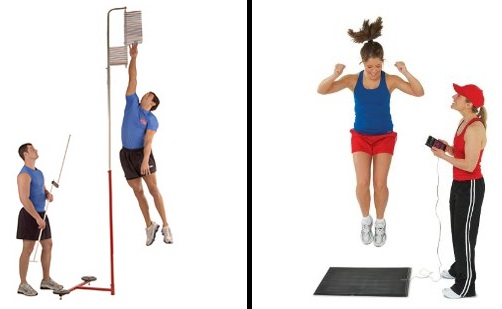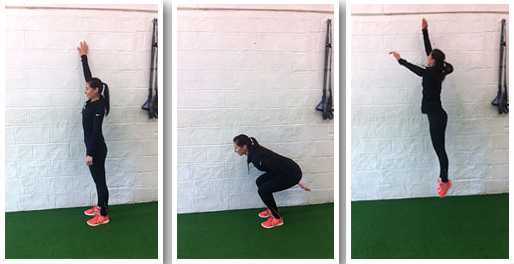A vertical jump or vertical leap is the act of raising one's center of gravity higher in the vertical plane exclusively with the utilization of one's own muscles; it is a measure of how high an individual or athlete can elevate off the ground from a standstill.
- Photo credit from:anabolicsteroids.biz/:A Simple Vertical Jump Training Program
We might be wondering if how really important is to increase our vertical jump, especially to the athletes. Well, vertical jump is much important in every sport, whether it’s a basketball slam-dunk, volleyball spike, soccer header or tennis jump serve, a vertical jump is a key skill for many athletes. And even if you're not an athlete, you must need to give focus or interest about this. For we never know that someday we become a sportsman or an athlete.
Vertical Jump helps young athletes elevate for jump shots over opponents. Good jumping ability will also help them to get their hands above the volleyball net for blocking shots. Heading a soccer ball is less dangerous when one child can get higher than another. And a jump serve helps create more racquet acceleration for a more powerful tennis serve.
Here's the kicker:
Vertical jump test can be used to assess your state of recovery prior to a weight-training, speed, or even practice session. If you over train your nervous system by performing an excessive volume of heavy weight or high- speed training, the fatigue will manifest itself first in your performance in movements requiring high-speed. You might not notice it much, but this type of fatigue will tend to show itself very quickly as a decrease in performance of the vertical jump. If this happens ideally you'll want to cut back slightly on the volume of your training session(s) to recover. One thing you can do is use your vertical jump as a barometer of how much volume and intensity you should use for a training session.
Simply warm up and get a sweat going and then perform a couple of vertical jumps. Compare your jump height to your normal "fresh" jump height and assess the results.
If the height is down 10% or more you should cut the volume in half for that session and cut the training intensity down by 10%. For example, instead of performing 16 total sets with an average load of 80% 1rm you might perform 8 sets with an average load of 70%, stopping each set well shy of failure.
If the height of your vertical jump hasn't increased or decreased simply carry out the training session as planned. If the height is up 10% or more you can increase the volume by 20% and the intensity by 5%.
- Photo credit from: theexercisers.com/:THE VERTICAL JUMP TEST (SARGENT JUMP TEST)
One thing to note is if you have recently completed an intense leg training session and have a lot of soreness your performance might temporarily decrease anyway so it's best to use this test either after an upper body workout or when you're experiencing little to no soreness.
SOURCES:



No comments:
Post a Comment